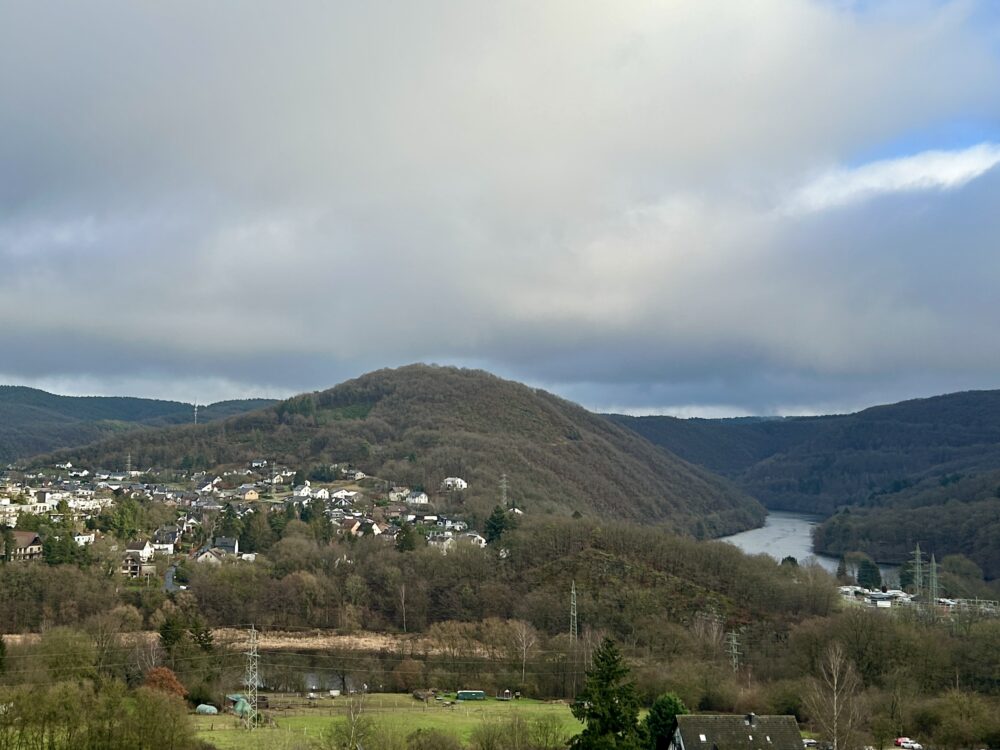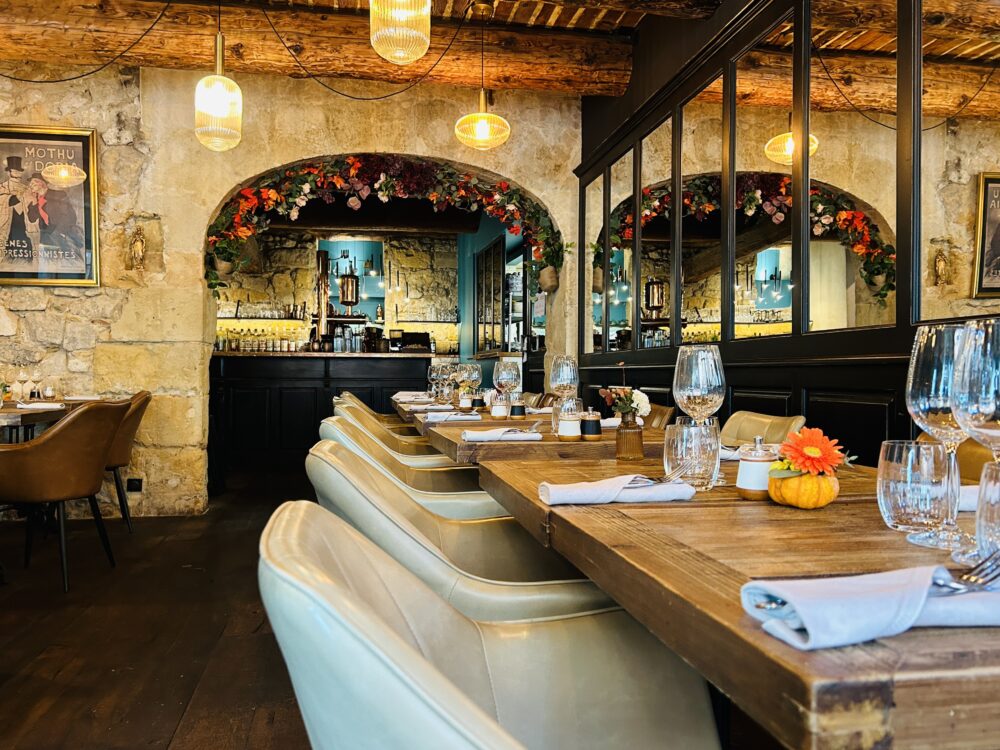The Golden Gate of Freiburg: A Masterpiece in Budapest
In the Romanesque Hall of the Museum of Fine Arts in Budapest, visitors are greeted by a magnificent sight: the Golden Gate of Freiburg. This sumptuous door, originally part of the Freiberg Cathedral in Germany, is a highlight of late Romanesque art and a testament to the rich cultural heritage of the medieval period.
The History of the Golden Gate
The Golden Gate, or “Goldene Pforte,” was created around 1230 and originally served as the western portal of the Freiberg Cathedral, also known as the Cathedral of St. Mary. This late Romanesque arched sandstone portal is adorned with intricate sculptures and richly ornamented columns, which were once vividly painted and gilded. The portal features the enthroned Virgin Mary holding the Child in her lap, accompanied by the three magi, Saint Joseph, and three angels in its tympanum. The statues standing between the ornate columns represent the Old Testament forerunners of Christ, while the archivolts depict scenes of the Coronation of the Virgin, the apostles, and references to the Last Judgement.
Why It Is Famous?
The Golden Gate is renowned for its artistic and historical significance. It is one of the finest examples of late Romanesque sculpture, showcasing the transition to the Gothic style that would dominate European art in the following centuries. The detailed carvings and the use of colour and gold leaf highlight the craftsmanship and artistic vision of the period. The portal’s relocation to the southern side of the cathedral after a great fire in 1484 further underscores its importance, as it was preserved and integrated into the rebuilt structure.
How It Came to Be in the Museum of Fine Arts, Budapest?
The Golden Gate’s journey to Budapest is a fascinating story of preservation and cultural exchange. In 1905, a plaster cast of the Golden Gate was commissioned from the Albertinum in Dresden. This cast was created to allow wider access to this remarkable piece of art and to protect the original from environmental damage. The cast was erected in the Museum of Fine Arts in Budapest at the end of 1905 and has since been a centrepiece of the museum’s Romanesque Hall. The installation was carefully executed, with the cast being taken apart and rebuilt, given a ferroconcrete skeleton, and finally patinated and painted to closely resemble the original.
Today, the Golden Gate of Freiburg stands as a testament to the enduring legacy of medieval art and the efforts to preserve and share cultural treasures across borders. Visitors to the Museum of Fine Arts in Budapest can marvel at this masterpiece and appreciate the intricate details and historical significance that it embodies.
#GoldenGateFreiburg #MuseumOfFineArts #RomanesqueArt #CulturalHeritage #ArtInBudapest













